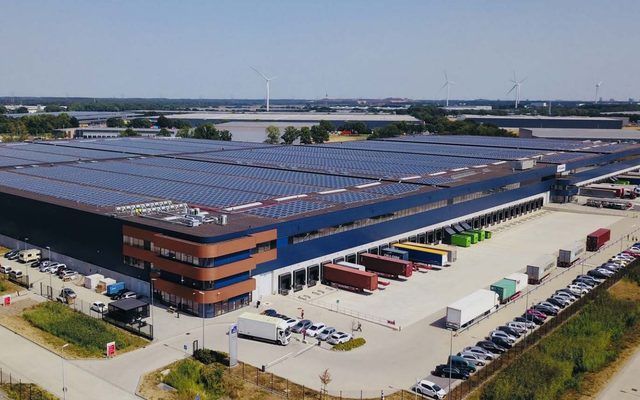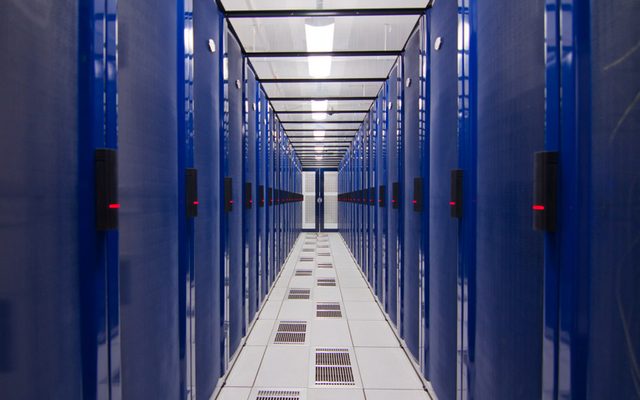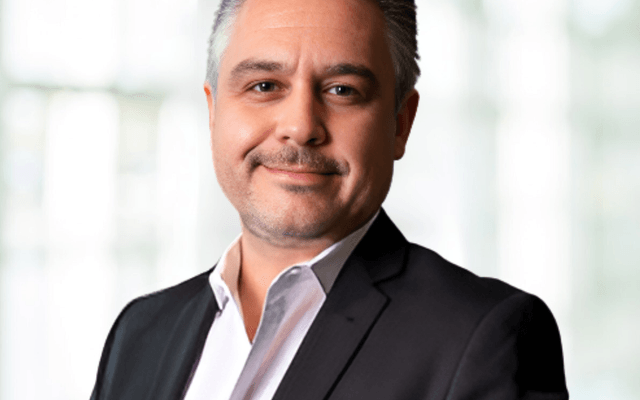This article is from the Australian Property Journal archive
DATA centres have become a favourite alternative asset class among investors after a surge in interest over recent years, according to a new report.
CBRE’s Capturing the Cloud report shows 31% of investors surveyed are interested in investing in the sector, with that figure having sat at just 2% in 2018.
Some US$4.2 billion (about $5.89 billion) worth of data centres changed hands across the Asia Pacific in 2021.
Working from home during the pandemic has driven a significant surge in data requirements, and rising office costs and the move to outsource data storage are also contributing to the explosion in the data centre supply requirements.
In response, there is a wave of new data centre supply occurring throughout Australia, rising 6.8% per annum since 2016 and expected to rise a further 4.5% per annum until 2026.
Australia’s data centre market is set to lead the Asia Pacific in market growth over the next three years, and the region will become the world’s largest for data centres in the coming decade.
Both the Sunshine Coast and Darwin are viewed as prominent potential locations, in line with major infrastructure investment plans in both. Announcements were made last August about the final construction phase that will ultimately provide a $500 million system of high-capacity cables connecting Perth, Darwin, Port Hedland, Christmas Island, Indonesia and Singapore, while the Japan-Guam-Australia South Cable System will be the first new cable to land on the east coast of Australia, outside of Sydney.
“Across the Pacific locations that are close to cheaper power sources or with cooler climates are sought after,” said Cam Grier, CBRE’s Pacific director, industrial and logistics.
Growth in data collection from the public sector, and the increasing speed at which artificial intelligence can consume data through connected devices, has triggered the need for enhanced cyber security and modern data centre facilities.
Australian data centres are some of the oldest in Asia Pacific and there has been significant capital put into modernising older assets or building new centres to ensure that they function sustainably.
“As a sector that’s still in its infancy, from a real estate investment perspective, providing valuations can be difficult, investors will need guidance on the regulations and nuances involved, which most notably relate to ESG,” said CBRE’s valuations manager, Darcy Frawley.
“Energy costs can make up as much as 70 to 80% of operational costs and so there should be a focus on renewable energy and construction.”
The sector is seeing a number of operators looking at sustainability initiatives given the energy-intensive nature of the infrastructure. LOGOS and Pure DC are set to team up in developing new sustainable hyperscale data centres across the Asia Pacific, while AirTrunk plans to reveal a net zero emissions roadmap this year after converting an existing $2.1 billion corporate loan into a sustainability-linked loan.
Frawley said data centres have typically traded at a significant yield discount to prime industrial facilities, however more recently due to the heightened interest, the yield spread has compressed for long leased facilities.
He said it is interesting to note that data centres have now moved towards both “micro” and “macro” assets. Small, dispersed data centres, called edge data centres, are being deployed to provide hyper-local storage and processing capacity at the edge of the network, while larger ‘hyperscale’ centre developments accommodate for the significant uptick in demand to centralise operations.
Western Sydney is set to become home to the Asia Pacific’s largest single-campus hyperscale data centre outside of China after AirTrunk announced plans for a new facility late last year.




